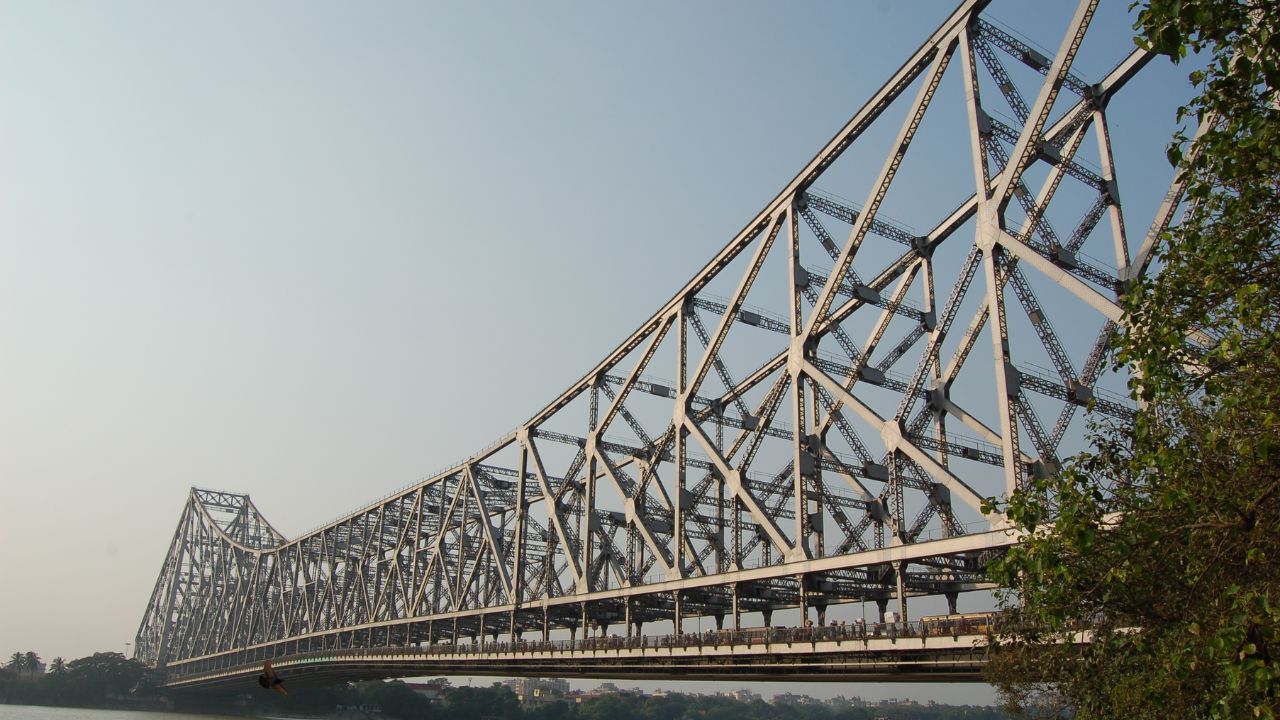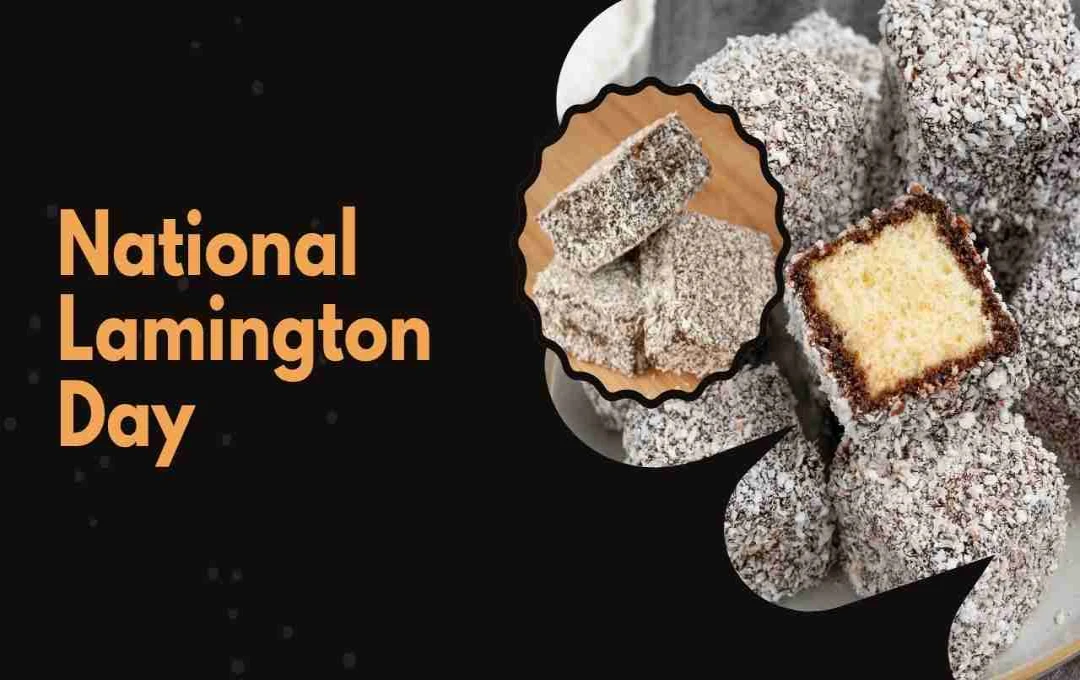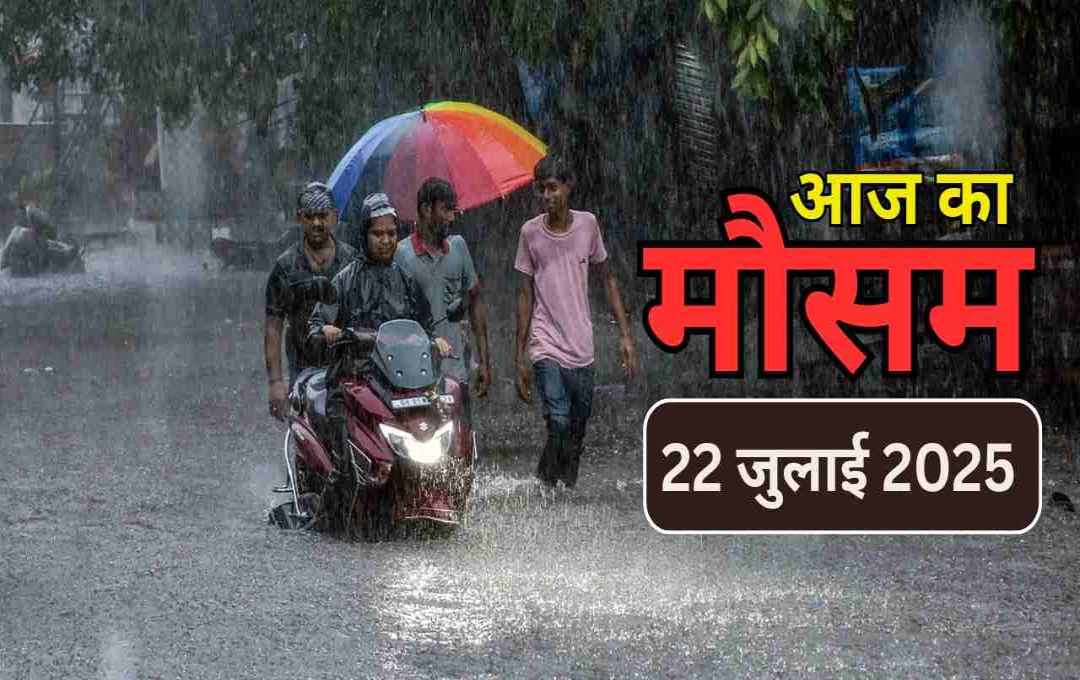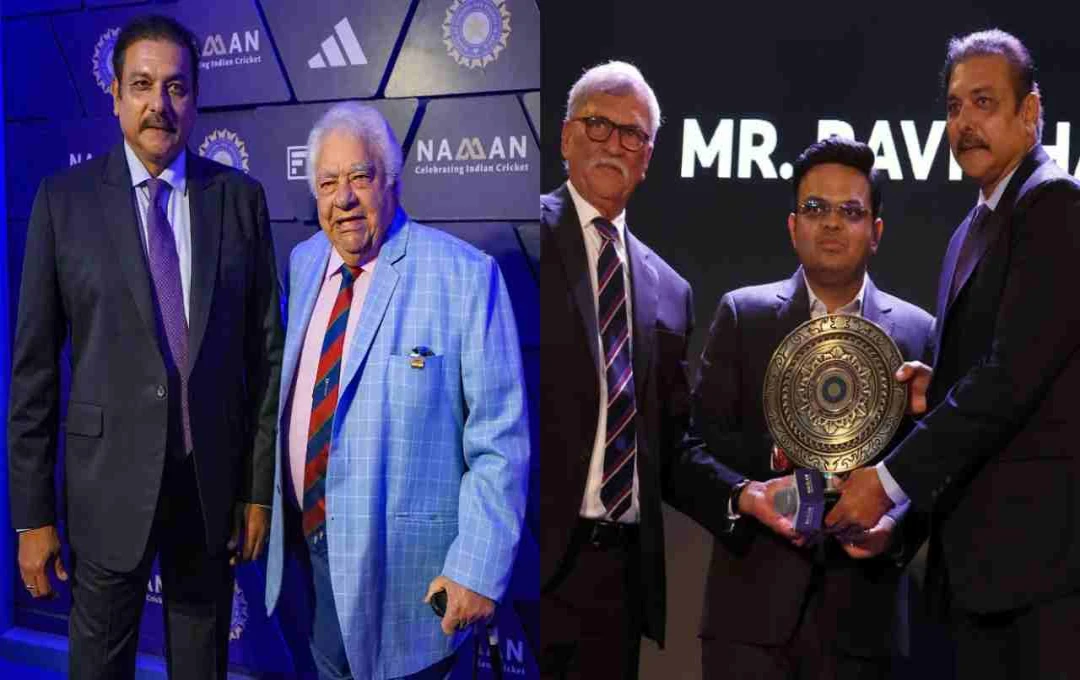The History and Interesting Facts of the Iconic Howrah Bridge
The Howrah Bridge, located in Kolkata, West Bengal, spans the Hooghly River. Officially known as the Rabindra Setu, it is popularly called the Howrah Bridge. Its capacity to accommodate millions of vehicles daily has cemented its position as a symbol of Kolkata. Construction commenced during British Raj in 1939 and it was opened to the public in 1943. This article delves into the specifics of this renowned bridge.
The globally renowned Howrah Bridge, constructed during the British Raj in 1943, has featured prominently in numerous Bollywood and Hollywood films. Its identity is inextricably linked to Kolkata and its surrounding townships. It stands as one of the world's busiest bridges. The Howrah Bridge, measuring over 2,300 feet, can expand up to 3 feet in hot weather. It has endured decades of storms in the Bay of Bengal and, remarkably, remained unscathed when a thousand-ton cargo ship collided with it in 2005. It is the sixth-largest bridge of its kind, connecting Howrah to Kolkata.
Unlike conventional bridges supported by pillars, the Howrah Bridge rests on only four pillars, stretching across the river without intermediate supports like ropes or cables on either side. This unique design has enabled it to maintain its balance on these four pillars for over 80 years, without significant alterations. While thousands of vehicles and pedestrians traverse it day and night, its original design aimed to allow unimpeded navigation beneath the river, similar to cantilever or suspension bridges.
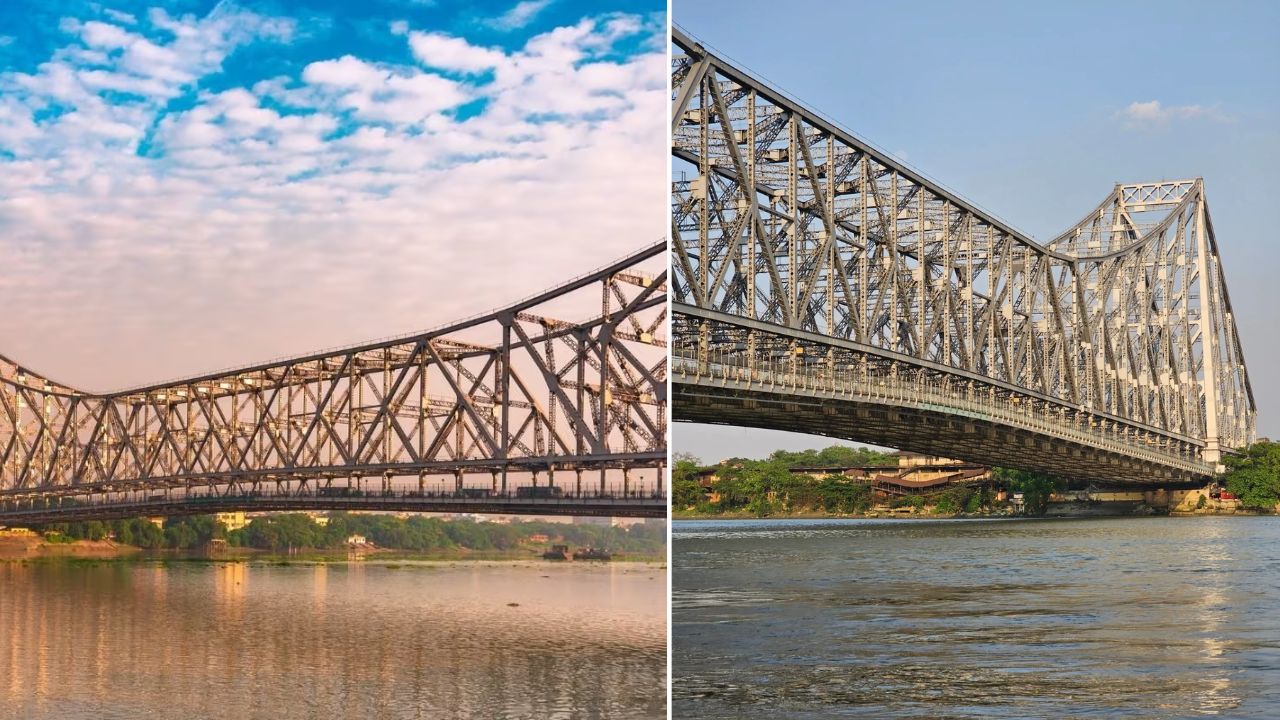
Interesting Facts About Howrah Bridge
The Howrah Bridge's history is intertwined with the existence of a floating pontoon bridge across the Hooghly River. However, escalating traffic congestion and rising water levels led to the decision to build a permanent bridge in 1933. Construction began in 1937, with a British company primarily tasked with utilizing Indian steel. Despite bids from over 20 companies, a British firm, Cleveland Bridge & Engineering Company Limited, was awarded the contract in 1935. The actual construction was undertaken by the Brethwait Burn and Jessop Construction Company Limited.
Originally named the New Howrah Bridge, it was renamed Rabindra Setu on June 14, 1965, in honor of the renowned Bengali poet Rabindranath Tagore. Nonetheless, it continues to be widely recognized as the Howrah Bridge. Over 26,500 tons of steel were required for construction, with Tata Steel contributing 87% of the material. While initially planned to import steel from England, imports were restricted to only 3,000 tons due to threats from Japan, and the remainder was sourced from Tata Steel.
Bridge Height and Length
Measuring 2,313 feet long and 269 feet tall, the bridge is 71 feet wide, featuring footpaths on either side. Constructed entirely from high-tensile alloy steel, known as Tisco steel, it was the third-longest bridge in the world at the time of its construction. Currently, it ranks as the sixth-longest bridge of its kind globally. The maintenance of the Howrah Bridge falls under the purview of the Kolkata Port Trust, established in 1870, approximately 73 years before the bridge's completion.
Designed by Rendel, Palmer and Tritton, the bridge's construction cost an estimated ₹333 crore. It is a globally recognized example of a cantilever bridge, having stood the test of time for 75 years. However, recent seismic activity in Kolkata and neighboring areas has raised concerns about the bridge's stability. Scientists warn that even a moderate earthquake could potentially cause the collapse of the Howrah Bridge, significantly impacting neighboring areas.
Kolkata prides itself on its cultural heritage, encompassing landmarks like the Howrah Bridge, trams, and the metro rail system. With the city's population rapidly increasing, the construction of the East-West metro tunnel beneath the Ganges River aims to alleviate transportation challenges. Without proactive measures, the Howrah Bridge might soon become a relic of the past, succumbing to the forces of nature and seismic activity. Hence, immediate attention and investment are crucial to ensure the preservation of this iconic structure, which symbolizes not just a bridge but Kolkata's identity and resilience.
